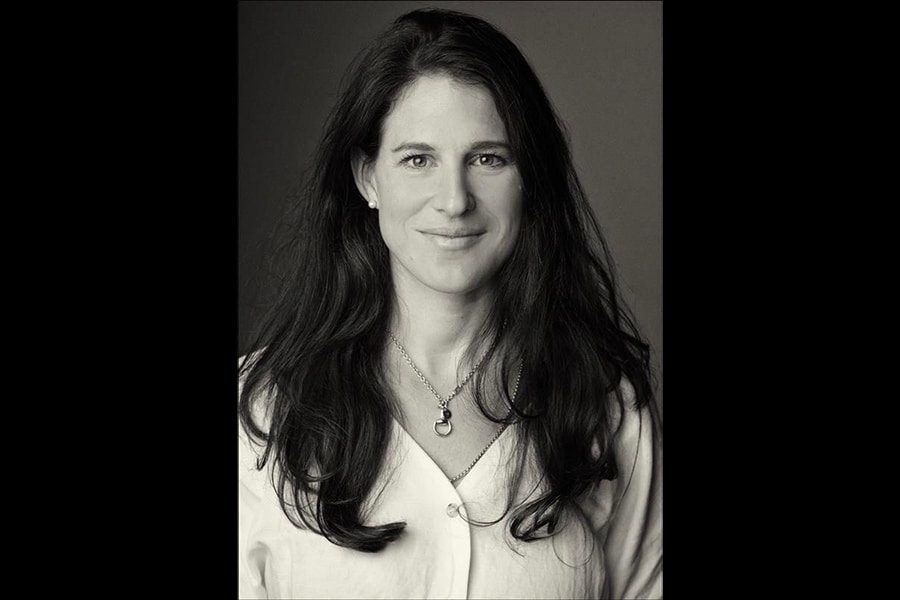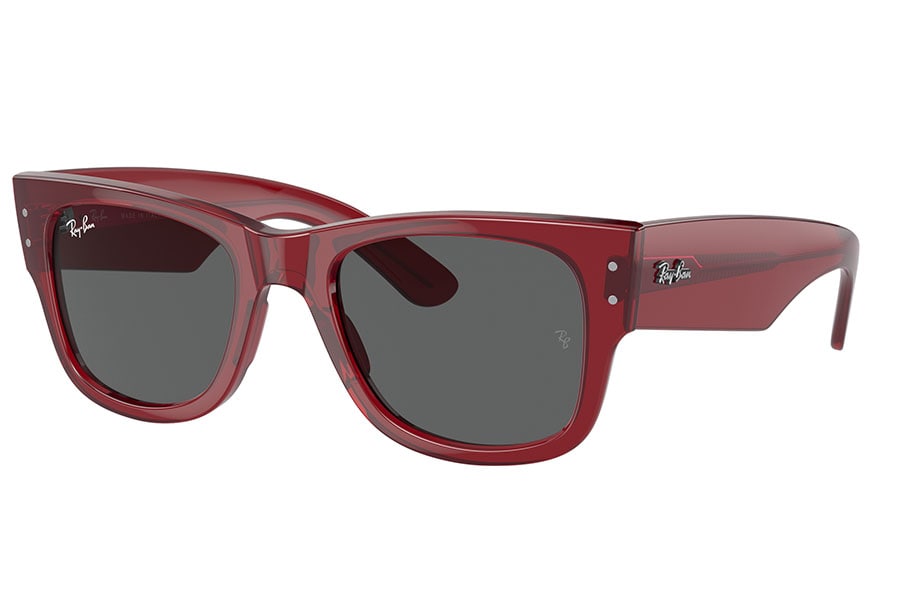
'Ray-Ban continues its appeal by leaning into its iconicity': Genevieve Labrecque
Genevieve Labrecque, the brand's global head of marketing, talks about balancing its strong legacy while appealing to newer generations
 Genevieve Labrecque, Ray-Ban’s global head of marketing. Image: Courtesy Ray-Ban
Genevieve Labrecque, Ray-Ban’s global head of marketing. Image: Courtesy Ray-Ban
Founded in 1936 in the US, Ray-Ban started out by making Aviator sunglasses for the country’s armed forces pilots. The specialised lenses were made to cut of the sun’s glare, and to prevent fogging. Since then, Ray-Ban has, over the decades, become one of the most recognised brands of sunglasses the world over, gaining an iconic status. Genevieve Labrecque, the brand’s global head of marketing, talks to Forbes India about how the brand continues to be trendy, while remaining iconic. Edited excerpts:
Q. What have been the defining features of Ray-Ban glasses since their inception?
It all began with our anti-glare lens created for the Aviator in the 1930s, often popularised by pilots. We defined our styles leaning on our lens and the functionality of our sunglasses. However, by the 1950s, fashion became more relevant and eyewear became a fashion accessory. Since that moment we’ve taken the practicality and the aesthetic of eyewear into the world’s most classic styles.
Q. How does an iconic brand like Ray-Ban maintain a balance between legacy design elements and innovation?
Over the last few years, we’ve created lines geared toward re-invention, where we explored the use of different types of materials, such as titanium and 18-karat gold. Most recently, we released our ‘Mega’ line, which maintains the essence of our icons Wayfarer and Clubmaster, but re-envisions the style with a trendier, bolder acetate. Even through the innovation of our smart glasses, Ray-Ban Stories, we never lose our history, and we continue to build upon our legacy with a balance. Soon you will see our latest innovation, the Ray-Ban Reverse collection.










